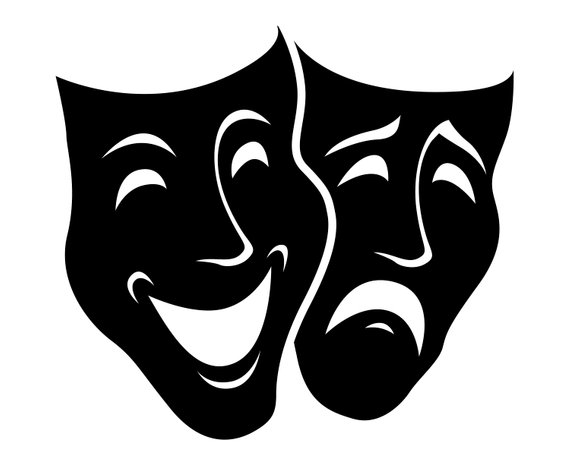A Corrupt Community – Theater Review

Theater
Theatre is the joy of so many lives, but it is also the sorrow of many others. How has theatre changed over the years? Why is it negatively affecting so many lives when it should be bringing joy and fun?
Now, a little history on the subject. In 6th century b.c., a priest from Dionysus, by the name of Thespis, introduces a new form of ancient sacrifice, that we now know as theatre. That may sound dark, but the element of killing animals was quickly taken out of the activity. Thespis is where we get the word “thespian”. That’s why you probably hear things about the International Thespian Society or Thespian conferences in your area. Live theatre originated in Greece around 5000 years ago. There are around 3 broad types of theatre, comedy, drama, and musical theatre. Although the theatre has been around since about 500 b.c. women didn’t begin performing until the mid-1600s, and back then it was extremely frowned upon to be a woman in the arts. There is where the typecasting begins. Of course, back in b.c., it was much much worse, but theatre hasn’t come that far. It is still a male-dominated and white-dominated industry.
So why is the live theatre industry set up in this manner? Well, it’s the same reason why America is the way it is. It’s the reason there are still racist and homophobic people. The industry has simply become comfortable in one spot. Although live theatre has changed a lot in the past millennium, there is still not a fair chance for so many talented individuals. There are people who like to play a certain type of character and they are usually good at that type, but when one is cast in a role that they didn’t even audition for that is when the real issue of typecasting is presented. Now, what is typecasting? Let’s say a black woman auditions for the role of Campbell in Bring It On. She has all the acting qualifications and is virtually perfect for the role, but later she finds out that a white woman got the role, and she got a role she didn’t read for and was not within her type, Danielle. This would be fine, except for the fact that Danielle is traditionally played by a black woman and Campbell is traditionally played by a white woman. She emails her director thanking them for the role and asking for feedback on her audition. Her director says she had too much of an “urban sass” for Campbell. Instances like this are happening all the time in theatre. Just because a role was historically played by someone of a certain race, size, or physical ability that makes everyone else who ever auditions for that role have to look like the original actor. When a script is broken down to it is core it is simply words on a page.
Now there are sometimes exceptions to this. There are times when typecasting is completely necessary. Take a play by August Wilson, the majority of the characters are black and need to be played by black actors because his plays are about black struggles. A white person simply does not understand these struggles. Now when there is absolutely nothing in a script about an actor’s race, weight, or physical ability, and they are talented, there is no reason they shouldn’t be cast in a role they are qualified for. Now how does this apply to high school theatre?
“There is sort of a hierarchy that forms,” says Sunny Urban, “The same people end up getting all the leads, and there’s no chance for anyone else.”
High school theatre is the same group of people around each other for four years doing different shows with the same director. High school is for sure where the most typecasting happens. So how do we stop it? It’s sort of like racism and homophobia. For some people, it is ingrained into them and they will never change. For most, the simple answer is education. If we can educate future directors on equal opportunity and studying scripts and shows to understand what the playwright’s vision is, then typecasting can slowly become a little used method.
